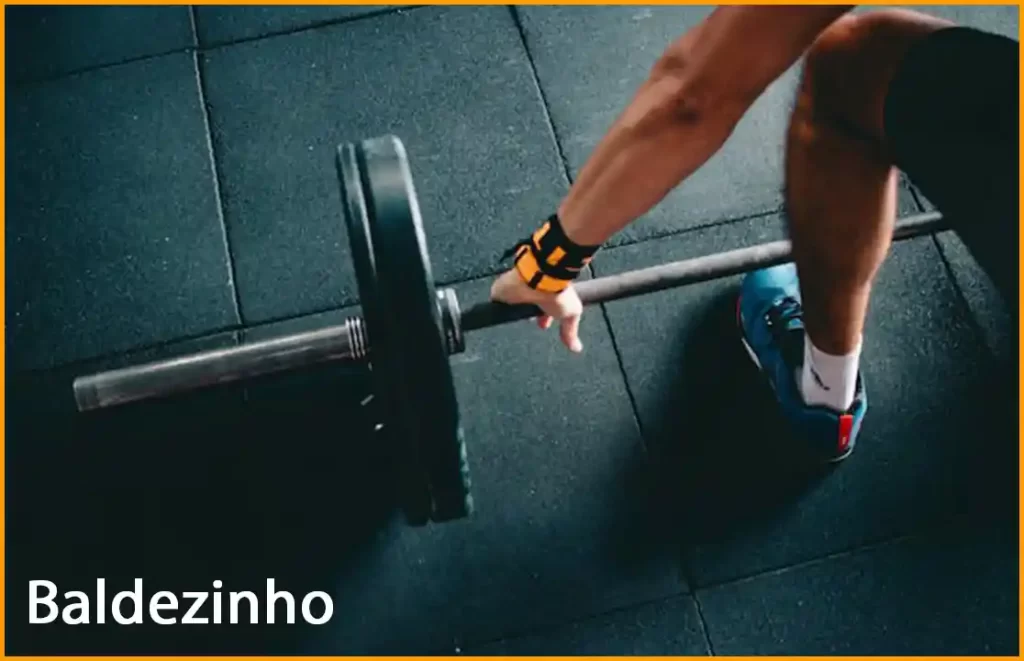
Times evolve, as well as the types of training to take care of the body and enhance its abilities. One of the concepts that have gained greater strength in recent times is related to functional training routines, as opposed to traditional training. The term is promising, but how are both types of training different? Next, we will explain the main features of this modality, as well as some of its benefits and applications so that you can incorporate them into your routines which are very important for the grow health.
What is functional entreitenement?
The functional training owes its name to the need to compose a workout that suits the characteristics of each user. Each person is different and has different needs, and this training is characterized by its marked customization when working on aspects such as physical strength, flexibility or endurance.
Thus, this type of training will be different for each person who starts it. This includes users who, for example, practice the same sport, since the times and modalities of exercise will be adapted to specific needs. When functional training is understood as a pre-configured model, capable of serving all individuals equally, then it completely loses its initial intentionality.
It is important to differentiate functional training from a varied range of exercises that allow the possibility of choosing among them the one that you most want. By definition, functional training routines must be adjusted to each user; A training that obviates the history or starting point of a person will not be, under any circumstances, under the umbrella of this definition.
Benefits of functional training
The main benefit of practicing functional training routines is the fact that you can adapt the exercises to the needs of each user. Therefore, there will be a specific training objective that will allow for improvement and efficiency, regardless of the initial starting point. All thanks to the selection of exercises focused on enhancing those aspects that are most desirable.
An important aspect of functional training routines is the involvement of the whole body in the routine. As a general rule, the exercises are located in a plane of imitation of reality, and the routines are based on the participation of a large number of body muscles. For example, multiarticularization of movements allows greater coordination of the muscles, making the user gain strength in a progressive and healthy way.
Functional training material
When embarking on a functional training routine, it is necessary to equip yourself correctly to develop the exercises. Some of the essential functional training materials are:
The medicine balls: there are different sizes and weights, as well as different materials according to the needs of each user. Often, medicine balls are used to provide an unstable support base with which to also work balance and stability.
Kettlebells weights: Kettlebells or kettlebells have a similar purpose to dumbbells but their shape is rounded, with a handle at the top. Made of steel, this material requires the user to make an effective counterweight to achieve stability when performing the exercises.
The functional bar, the weight plates, and dumbbell: all these materials have the objective of the working force. Thanks to the variety of sizes and weights – or the possibility of placing the bars at different heights – it is possible to customize the user experience according to the starting level.
The box jump or plyometric drawer: the plyometric drawer is ideal for working the lower train safely. The execution of exercises in this tool allows the burning of fats while improving aspects such as coordination, flexibility, and strength.
The functional strings: there are different types of functional training routines that require the use of these strings. And although many of the movements may seem simple, their use demands an effort that is translated into efficient work of the body.
The combat: their lightness should not be confused with mild training since they are normally used in high-intensity exercises that involve jumps, often double or triple.
With these and other materials, a stimulus that feels more natural than machines is achieved. In this way, it is possible to react to stimuli based on everyday life, coming from real situations.
Functional Training Circuit
Although the exercises that are carried out in the functional training routines vary according to the person and their objectives, there are recurrent exercises thanks to their properties when working the body.
Some of the exercises – like the burpee – serve to exercise the entire body through jumps and extensions of the posture in different positions. The exercises with Kettlebell used to work a large number of muscles while other functional routines incorporate exercises to work your legs, some as popular as squats or strides.
Exercises aimed at working in the back area are also popular, although many of them involve a high level, such as dominated ones. For the lower back, there are also exercises that can help the lower back work, such as the “superman” – the extension of legs and arms while lying face down.
Finally, we cannot forget to mention suspension training (TRX) and its inclusion in functional training circuits. The TRX is a harness system with grips that, placed at a certain height, is very effective in improving performance and health. Since this training is adaptable to different types of level and physical conditions, it fits perfectly into the personalization philosophy of functional training routines, as well as reinforcing aspects of physical fitness such as strength and body balance.



